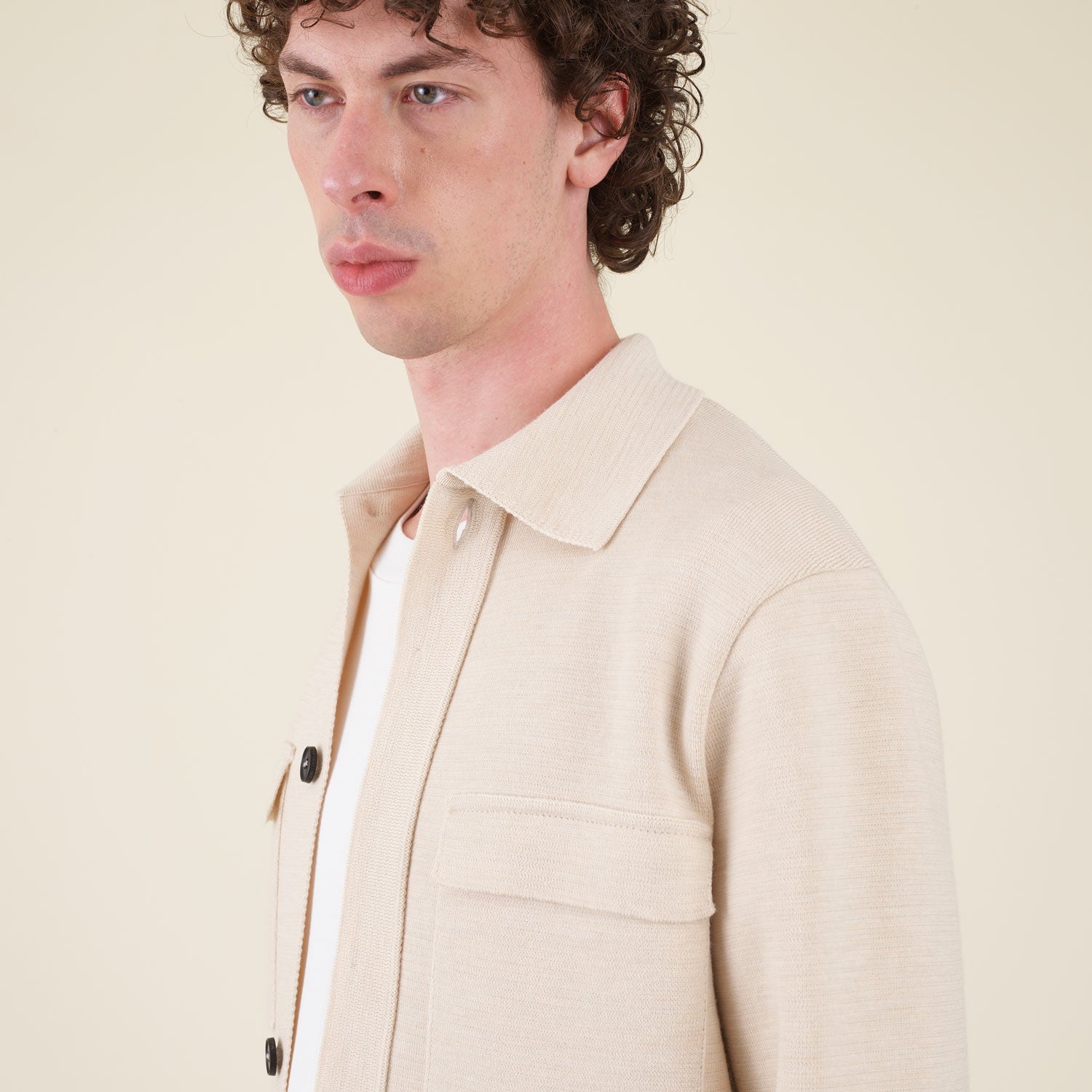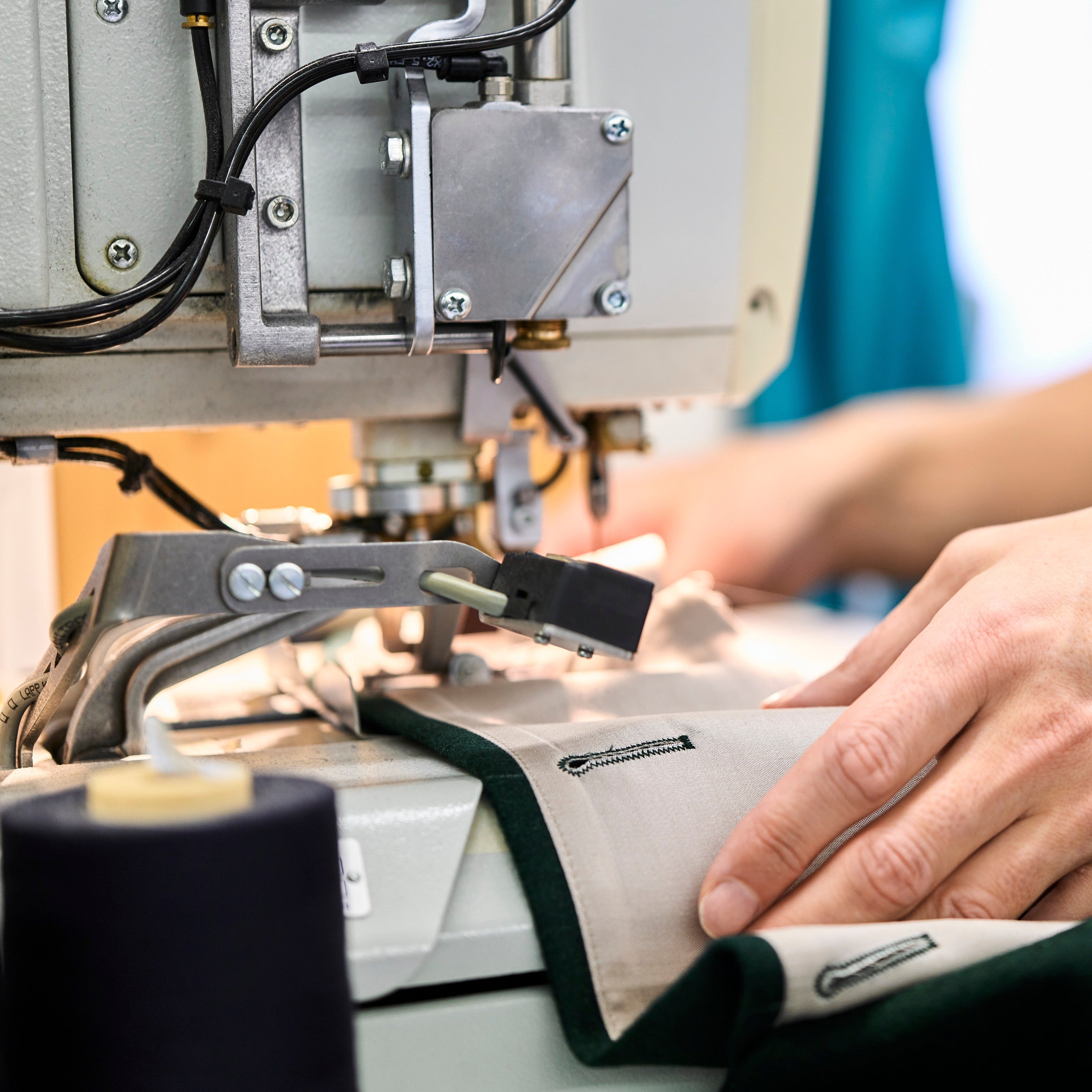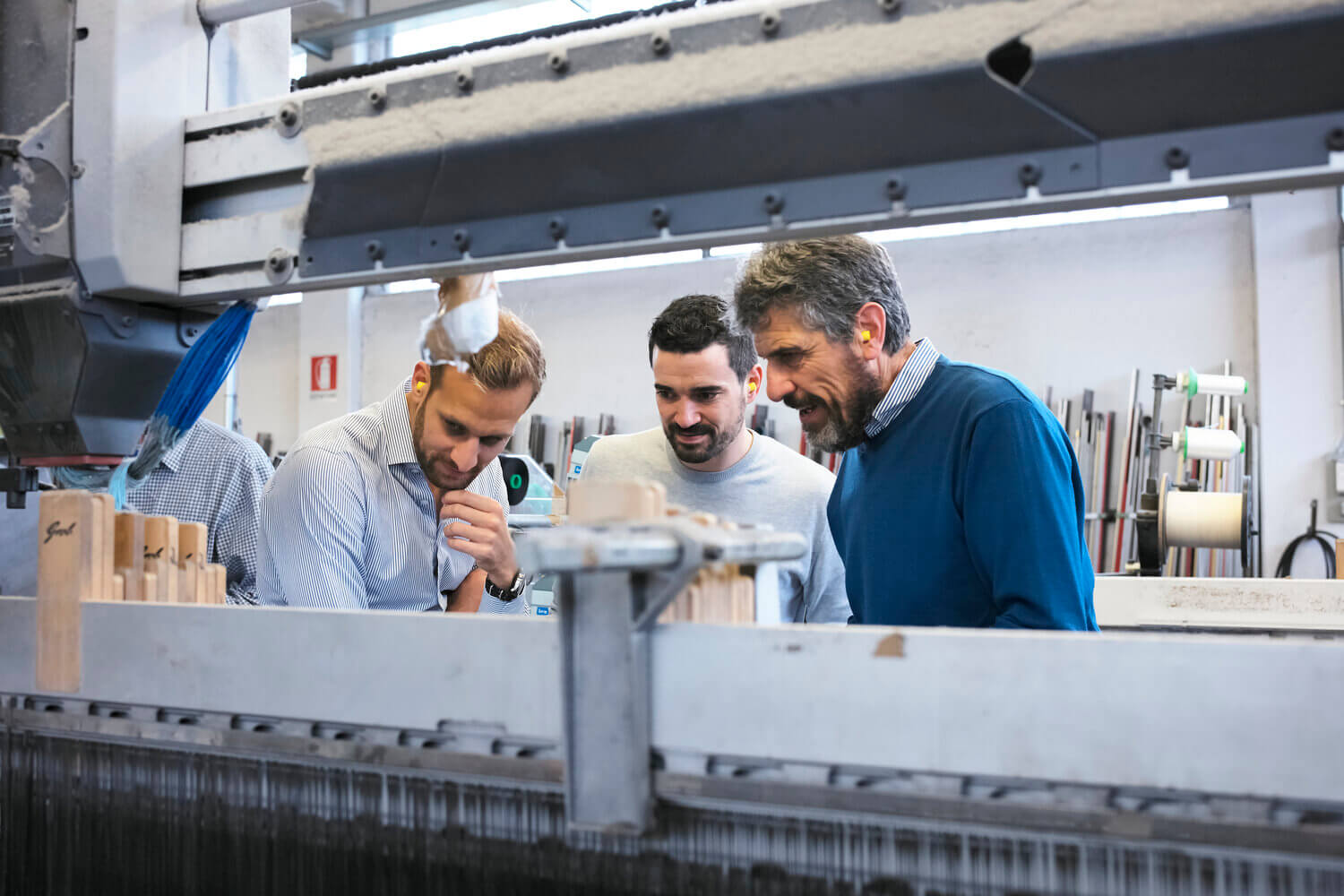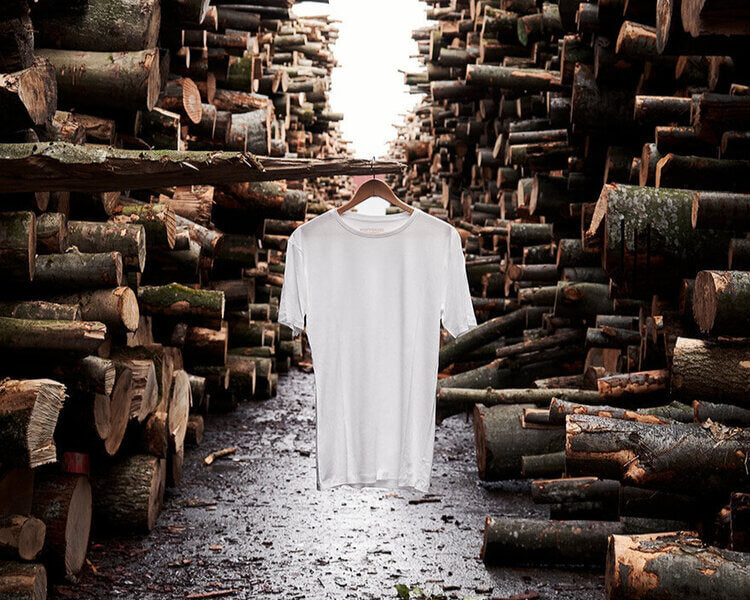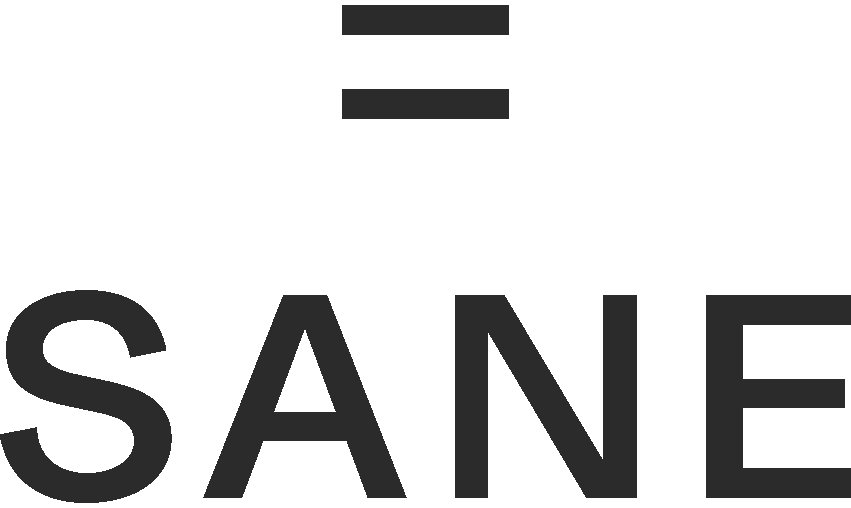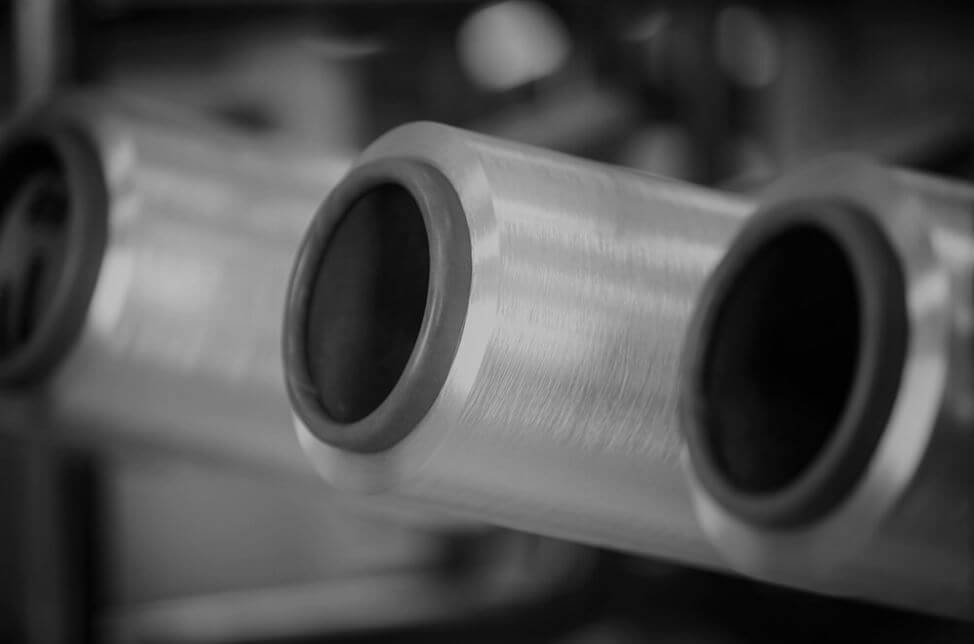
Circular economy for textiles - our view
Today's markets face major challenges when it comes to transformation towards more sustainable business practices. A "circular" model is currently propagated worldwide as the solution for a sustainable future, but it seems to be little known about how circular thinking can be implemented and what systematic dependencies it entails. Since we endeavor to design and develop our products for a circular system, and since we have a lot of effort into the establishment of our specialist knowledge and attempt to do things right, we would like to take a more detailed insight into the importance of circular thinking and how we see and define it ourselves.
There are numerous definitions for the circular economy, and circularity is by no means a new phenomenon. Today's global economic system is based on a linear model that became dominant after the introduction of mass production in the first industrial revolution and which has ensured economic growth and increasing prosperity in recent centuries. The same success story was, however, the starting point for one of the greatest challenges that humanity is facing today - resource creation, destruction of ecosystems, climate change, unresolved waste problems, etc.
In a circular economy, we therefore see the goal of looking beyond the current waste -oriented industrial model and ensuring that raw materials and products are part of cycles. The model fundamentally differentiates between technical and biological cycles. The consumption only takes place in biological cycles in which food and biologically based materials (e.g. natural fibers, food, etc.) are designed in such a way that they are returned to the system by processes such as composting and fermentation. These cycles regenerate living systems such as the soil that provide renewable resources for the economy. Technical cycles serve to recover and restore products, components and materials through strategies such as reuse, repair, reworking or recycling.

A circular economy is therefore more than just a step towards reducing waste and increased recycling. It is a paradigm shift - a new way of thinking about economic activities - that is necessary to completely redesign our current economic model at a global level.
In order to better understand the requirements in a circulatory economic model, an important aspect of textiles is the understanding of the complexity and the challenges of recycling. In today's recycling processes, contamination of used materials can only be removed to a certain extent. In the special case of textiles, this means that most of the clothing in the current systems cannot be completely recycled, since these products are made from mixed materials (e.g. cotton-polyester mixing tissue, wool sweaters with polyester threads, care labels made of synthetic, jeans with elastan etc. etc.). Hardly any piece of clothing is made these days so that the recycling system can be quite sure that a certain piece of clothing does not contain undesirable substances. In these cases, the garment cannot be integrated into a recycling current, but is supplied or disposed of downcycling. The latter means that the clothing is either down to inferior products (plaster flaps, house insulation, etc.), burned, burned or disposed of on landfills. Unfortunately, and in contrast to the claims of many clothing manufacturers, the textile industry seems to be far from an actual recycling system.
But why is this the case and why does it still seem to be an unsolved problem?
In the current situation, an attempt to achieve a recycling rate of 100 % could prove to be counterproductive for companies, for example, if, for example, the price for recycling is still higher than the value of the materials recovered. Missing incentives do not necessarily make it desirable to strive for a circulatory economy model, and the complexity of designing products for the circulation and introducing the products into the same cycle is often too high and time -consuming for companies.
Taking into account the above arguments, we decided to define "circular economy" for ourselves. Of course, there is so much more about learning a completely circular system, but until further notice, the following guiding principles are what makes us confident and what we have decided to follow with everything we develop and manufacture.
We design and develop our products for circularity. This includes all aspects of the selection of the raw material, product design and production, the usage phase and the end of the service life. To ensure that our products are as circular as possible, all of our clothing follows one or both of the following principles:
-
Closure of the biological circulation: renewable and environmentally friendly substances that can be biodegradable at the end of the service life
-
Closing the technical circulation: pure material content in products (e.g. 100% equal, easily separable or jointly recyclable materials) without material contamination to ensure complete recyclability/usability at the end of the service life
Our first product launched on the market, the T-shirt Legna, covers these two principles. It only contains fibers based on wood (100% of the same material without contamination), which means that it is completely recyclable in the current systems, and it is biodegradable if the product cannot be fed into a functioning recycling current, so that no harmful substances in Linking of nature and becoming important nutrients in the biological cycle.
There are many unresolved problems and unanswered questions with regard to a fully functional circular textile industry. As a small player, we certainly cannot make a significant difference, and we would not dare to say that we are completely circular, but we try to set up and promote everything we do, a faster change towards circularity .
PS: If you are interested in the topic or want to tell us your view and opinion, take Please contact us. We always look forward to feedback and inputs to further develop and improve our approach or to discuss and develop solutions together.
Sources:
Business Beyond Borders
Ellen Macarthur Foundation
PWC Study



